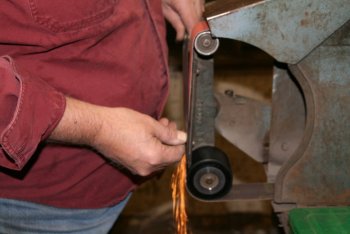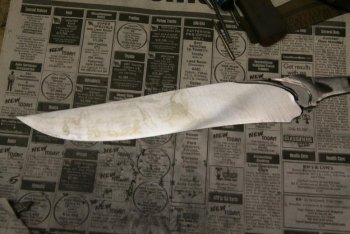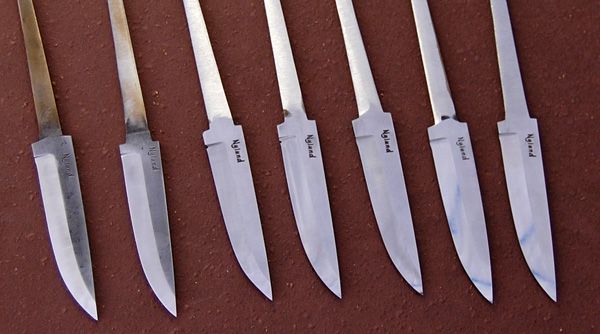David Schott
Member
I have to argue the point:
Speaking only of the jig I make, grinding with it is simplicity itself.
First, its used free hand with no need to rest the jig on the tool rest.
You can set angles of approach from 2 degrees to 15 degrees. Which will cover any grind angle that might be needed.
You can grind on a vertical or horizontal machine or any where in between.
The bevel clamp holds material from 3/32 to 5/16 inch.
The jigs weight is 8 oz. Its light weight allows for easy free hand grinding.
When you grind a blade using this jig your plunge cuts and flats are perfect. You can't ask much more than that.
Working on my 500+ blade, using this jig, that's how I know it works.
I have a video on line if you want to see the jig in use.
Some jigs, I agree, are more trouble than they are worth; but not all of them.
Regards, Fred
I am 100% sure your jig works better than mine, haha! Mine was limited in that it needed to be slid across the tool rest. This caused problems as i couldn't properly "follow" the blade shape. It was also complicated because once you grind one side of the blade, you'd go to grind the other side and the "flex" of the blade that no longer sat flush against the jig would cause a slightly different grind that needed to be corrected. In the end, I found that my freehand grinds seemed to feel like less work.
How do all these jigs properly grind recurves and the belly of the blade? Do your grind lines follow the blade profile like freehand grinding?








